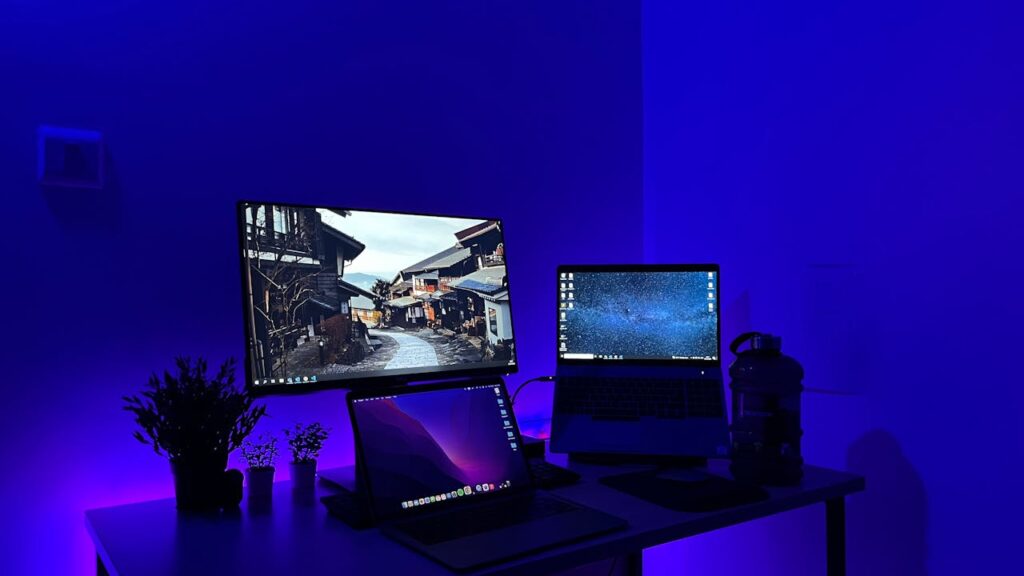The smart home technology landscape is evolving at an unprecedented pace. By 2025, we can expect a significant transformation in how we interact with our living spaces, facilitated by advancements in artificial intelligence, connectivity, and user-centric design. This article delves into the anticipated changes in smart home devices, illustrating the potential for increased convenience, safety, and energy efficiency. As we journey through this exploration, we will touch upon key trends, innovations, and what they mean for consumers.
Smart home devices have revolutionized the way we manage our homes. From intelligent thermostats to advanced security systems, these technologies offer unparalleled convenience and control. As we look forward to 2025, the future of smart home devices promises even more exciting developments. In this article, we’ll explore various aspects of this evolution, anticipating how our homes will become more intuitive and integrated.
What are smart home devices?
Smart home devices are appliances or systems that connect to the internet and can be controlled remotely via smartphones or other smart devices. They include products like smart speakers, thermostats, lights, and security cameras.
How will smart home devices improve by 2025?
By 2025, smart home devices are expected to incorporate advanced AI, better interoperability, enhanced security features, and improved user interfaces, making them more efficient and user-friendly.
Are smart home devices safe?
While many smart home devices come with robust security measures, users must remain vigilant about their cybersecurity practices, regularly updating software and using strong passwords to mitigate risks.
The Rise Of Artificial Intelligence
Artificial intelligence (AI) is set to play a pivotal role in the smart home sector. By 2025, we can expect AI to enhance the functionality and interactivity of smart devices significantly.
- Personalized User Experience: AI can learn from user behavior, providing tailored recommendations for device settings and routines, creating a more personalized environment.
- Voice Recognition Improvements: Advances in natural language processing will allow for more accurate voice commands, streamlining interactions with smart devices.
- Predictive Algorithms: Devices will analyze data patterns and predict user needs, adjusting settings proactively for comfort, security, or energy savings.
- Enhanced Automation: Systems can work together seamlessly, automating tasks like turning off lights when leaving a room or adjusting thermostats based on weather forecasts.
Integration and Interoperability
As the number of smart devices increases, the importance of integration and interoperability becomes crucial. The ability for diverse devices to communicate effectively will define the future of smart homes.
- Unified Control Platforms: Expect the emergence of more sophisticated hubs that centralize control of multiple devices, enhancing usability.
- Expanded Compatibility: Manufacturers will prioritize designing devices that work with existing technologies, reducing fragmentation in the smart home ecosystem.
- Cross-Device Communication: Enhanced protocols will allow devices from different brands to share information and collaborate, improving overall efficiency and functionality.
- Interconnected Ecosystems: Home automation systems will evolve into cohesive networks, where each device contributes to a holistic smart living experience.
Focus on Security
With increasing connectivity comes heightened concerns about security. By 2025, there will be a greater emphasis on safeguarding smart home devices against cyber threats.
- Advanced Encryption Protocols: Expect smarter security measures, such as end-to-end encryption, to protect data transmission between devices.
- Regular Software Updates: Manufacturers will commit to frequent updates, addressing vulnerabilities and enhancing security features over time.
- User Education: Companies will invest in educating users about best practices for securing their devices, including password management and network security.
- Intrusion Detection Systems: Innovative systems will monitor unusual activity within the smart home, offering alerts and automatic responses to potential breaches.
Energy Efficiency and Sustainability
Sustainability is becoming a critical concern for consumers. Smart home devices in 2025 will focus on energy efficiency and eco-friendliness.
- Smart Energy Management: Devices will provide real-time insights into electricity consumption, helping users identify areas for improvement and reduce waste.
- Integration with Renewable Resources: Expect smart systems to facilitate the use of solar panels and battery storage, optimizing energy use and promoting alternative energy sources.
- Eco-Friendly Materials: Manufacturers will increasingly choose sustainable materials in their products, reflecting consumer demand for environmentally responsible options.
- Automated Energy Savings: Devices will automatically adjust settings to save energy during peak hours or when no one is home, minimizing the carbon footprint.
User-Centric Design
Creating intuitive and accessible designs will be paramount in the evolution of smart home devices by 2025, ensuring that technology serves all users effectively.
- Simplified Interfaces: User-friendly apps and controls will emerge, catering to individuals of all ages and technological backgrounds.
- Customizable Features: Users will have the ability to personalize their devices extensively, from aesthetics to functionalities, enhancing satisfaction.
- Accessibility Enhancements: Increased focus on accessibility will lead to features designed specifically for seniors or individuals with disabilities, promoting inclusivity.
- Feedback Mechanisms: Incorporating user feedback into the design process will ensure that devices continually meet consumer needs and preferences.
The landscape of smart home devices is poised for remarkable advancements by 2025. With artificial intelligence, improved interoperability, robust security, a focus on energy efficiency, and user-centric design, these innovations promise to transform our homes into safer, more comfortable, and more sustainable living environments. As consumers, staying informed about these trends will empower us to make smarter choices for our homes and lifestyles.










